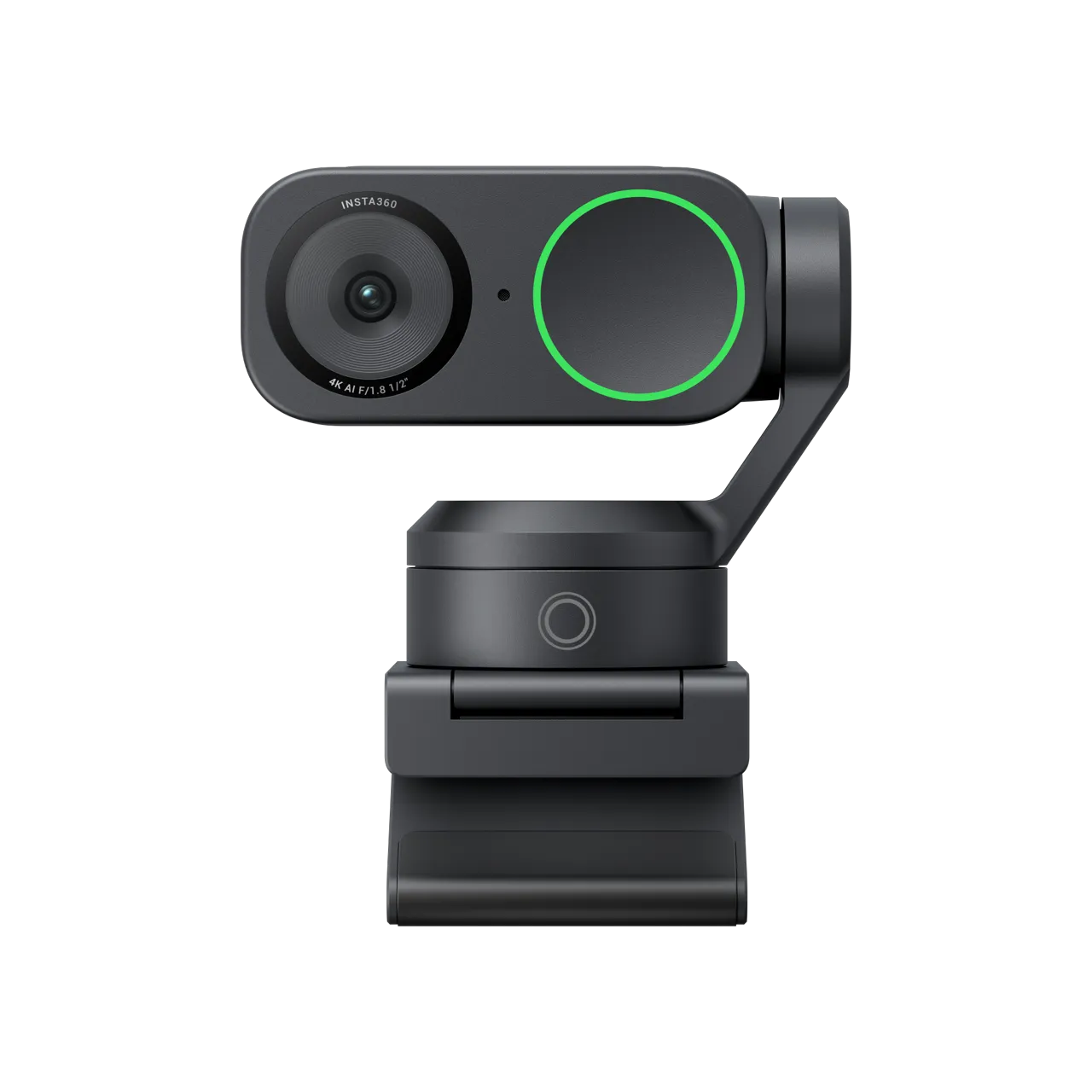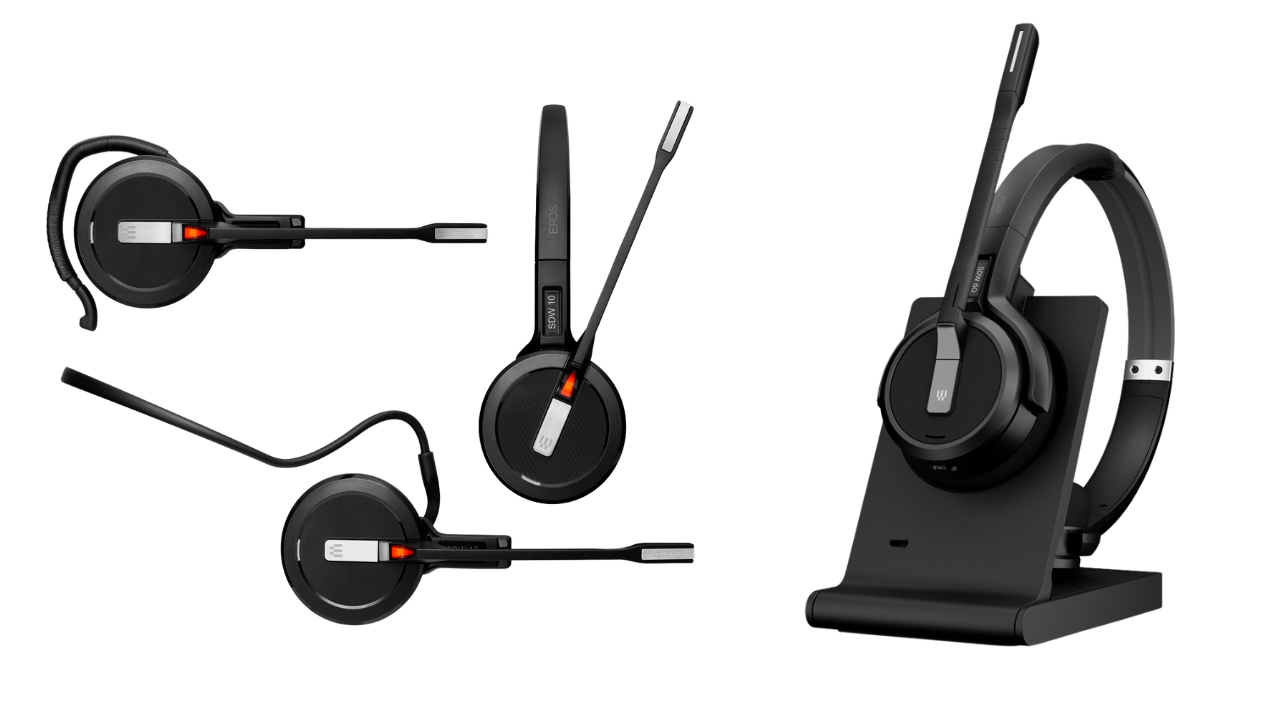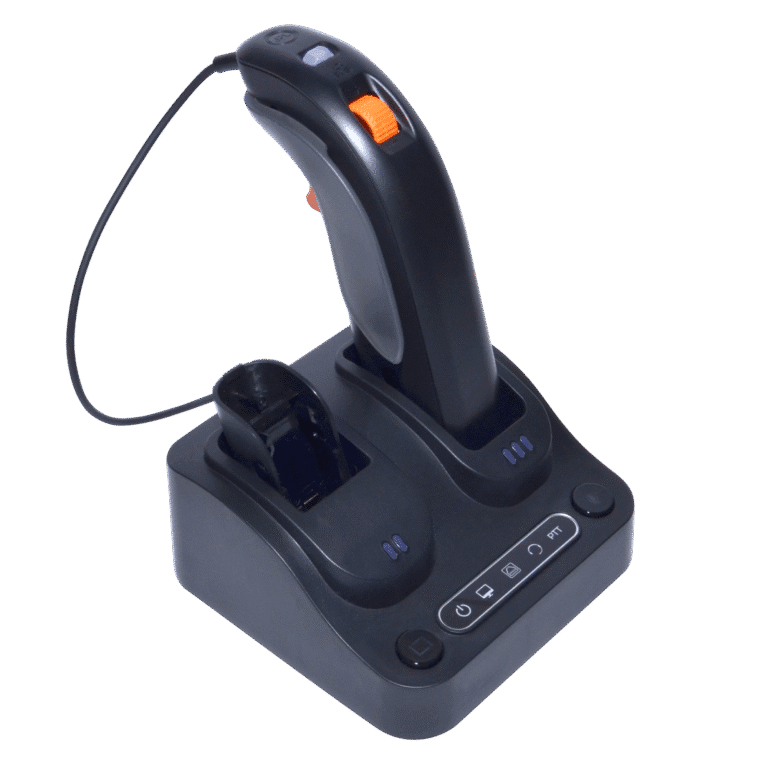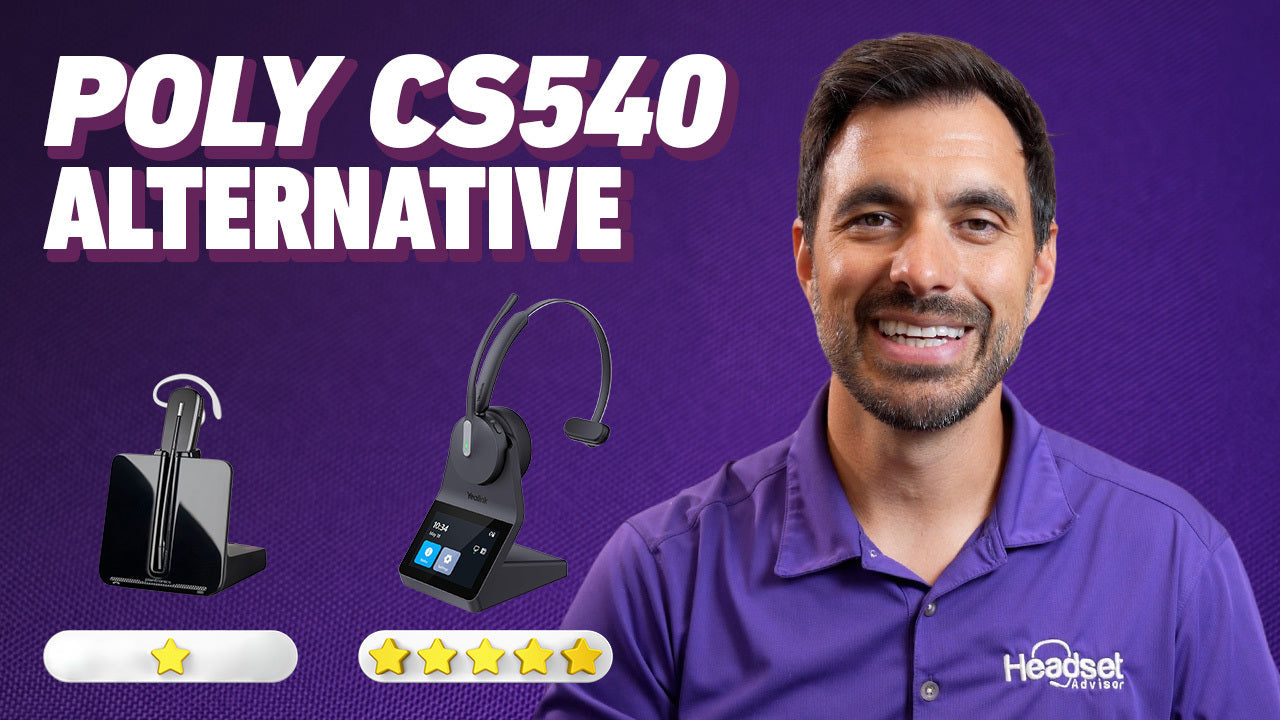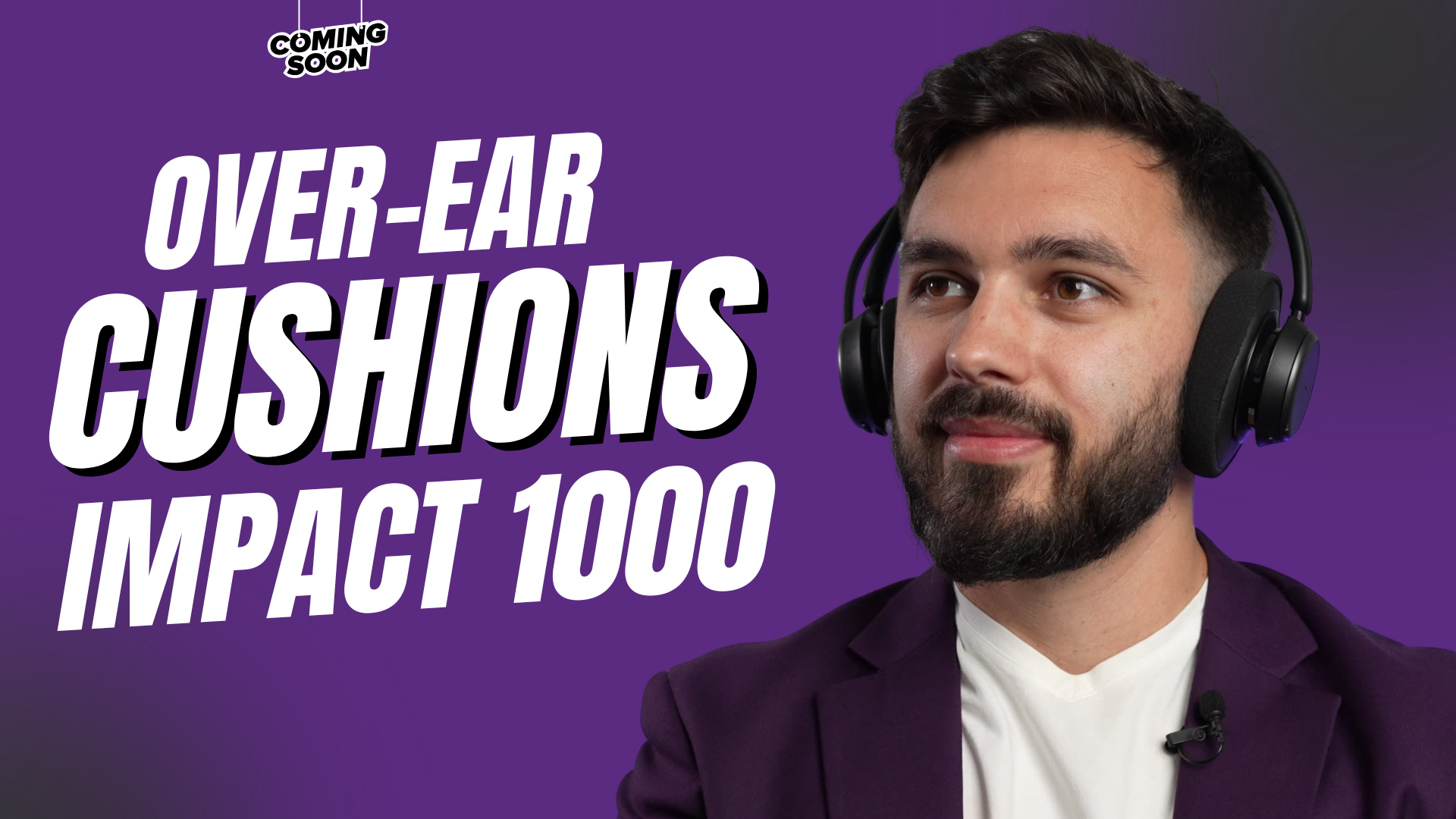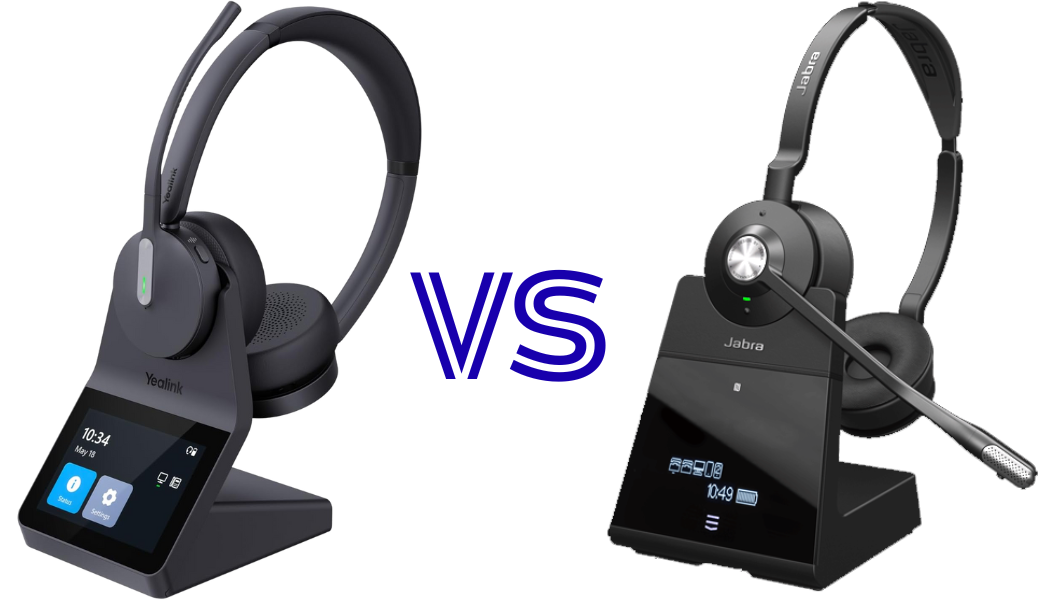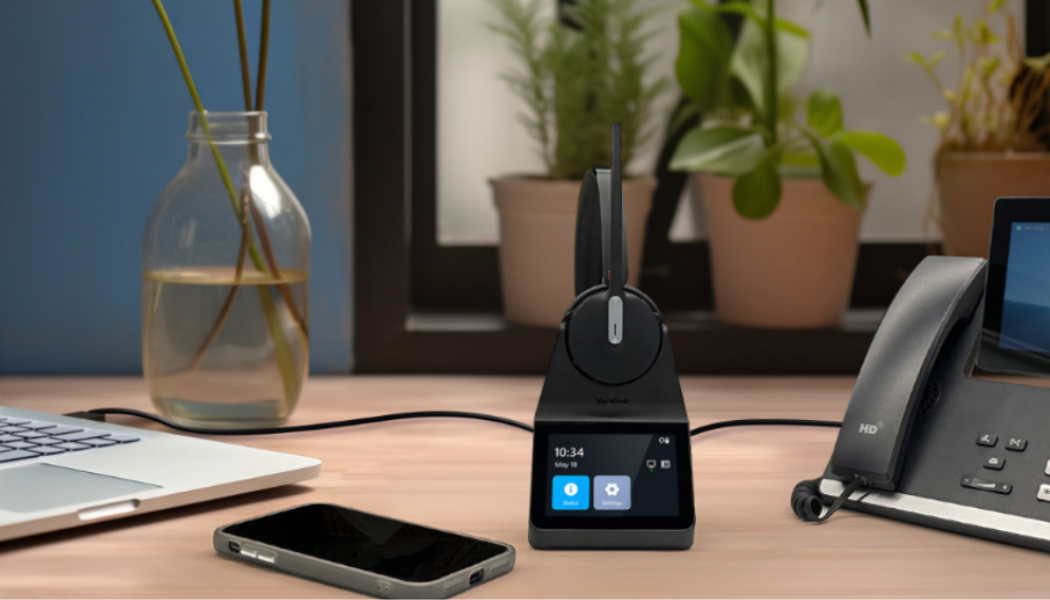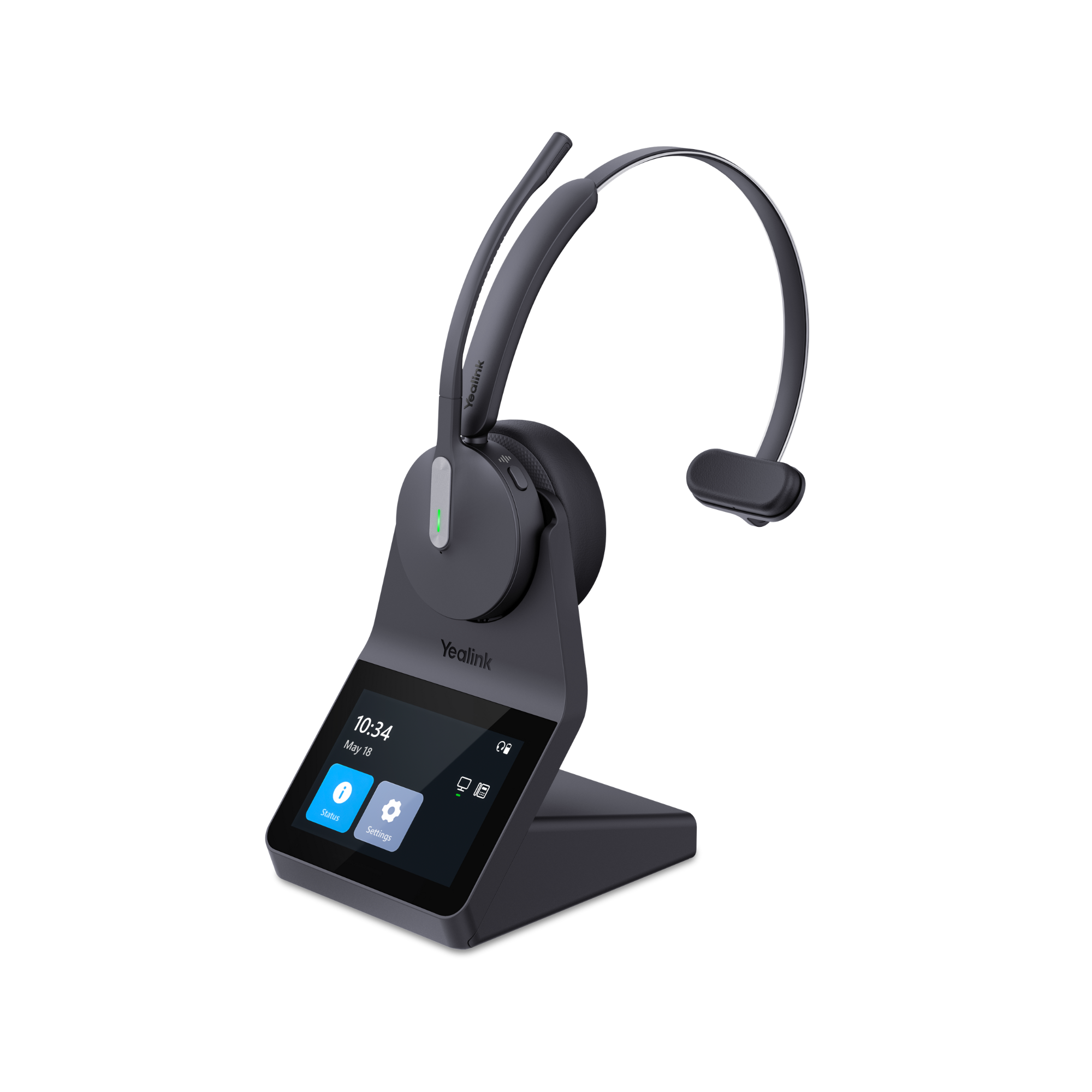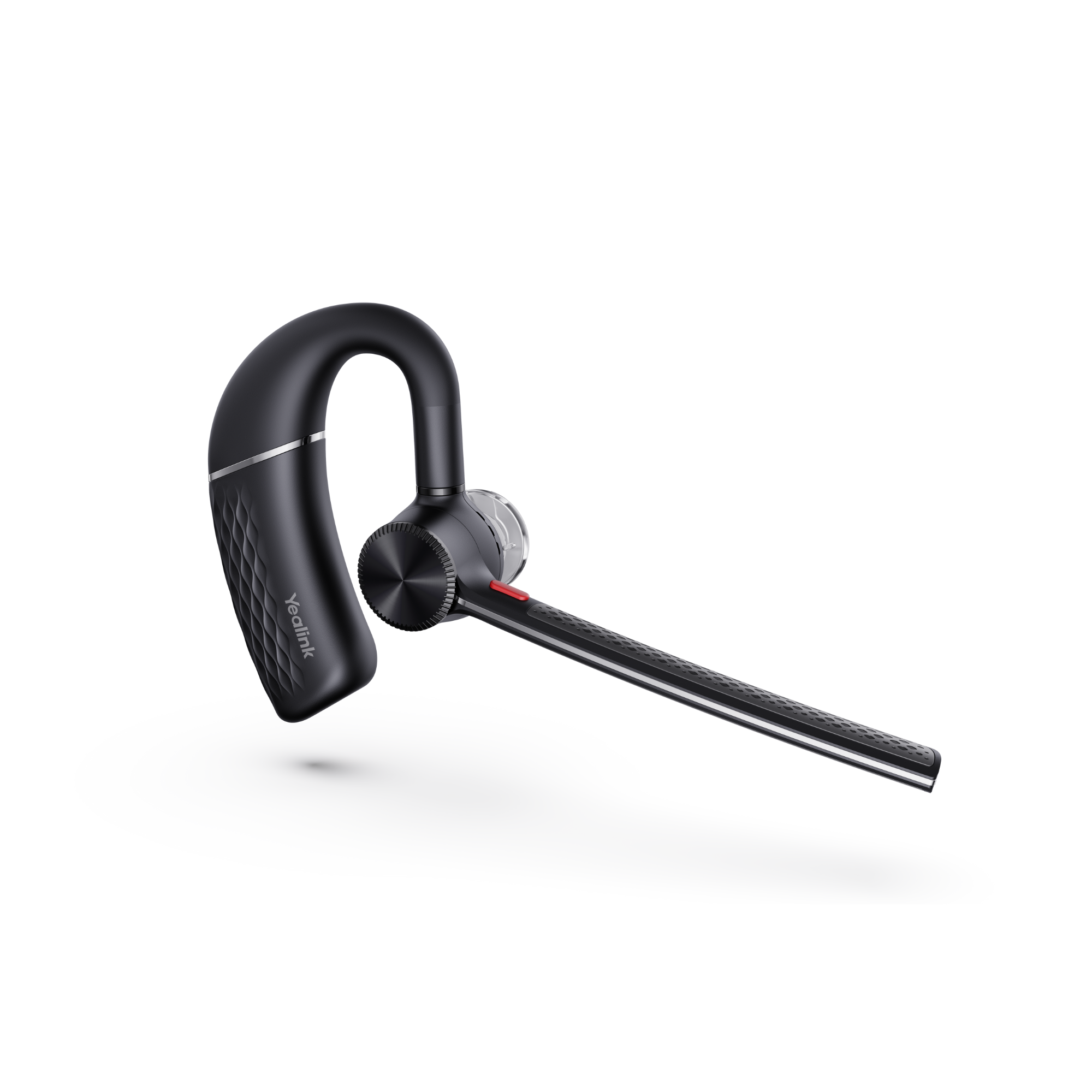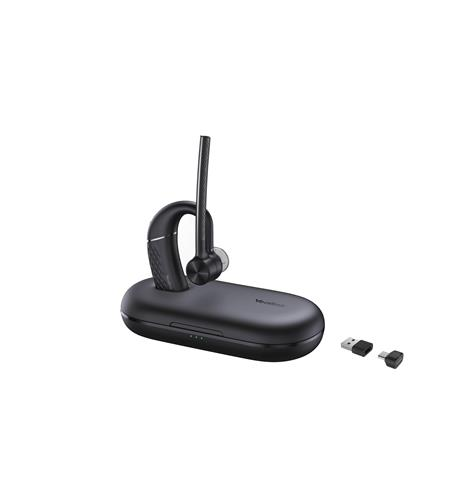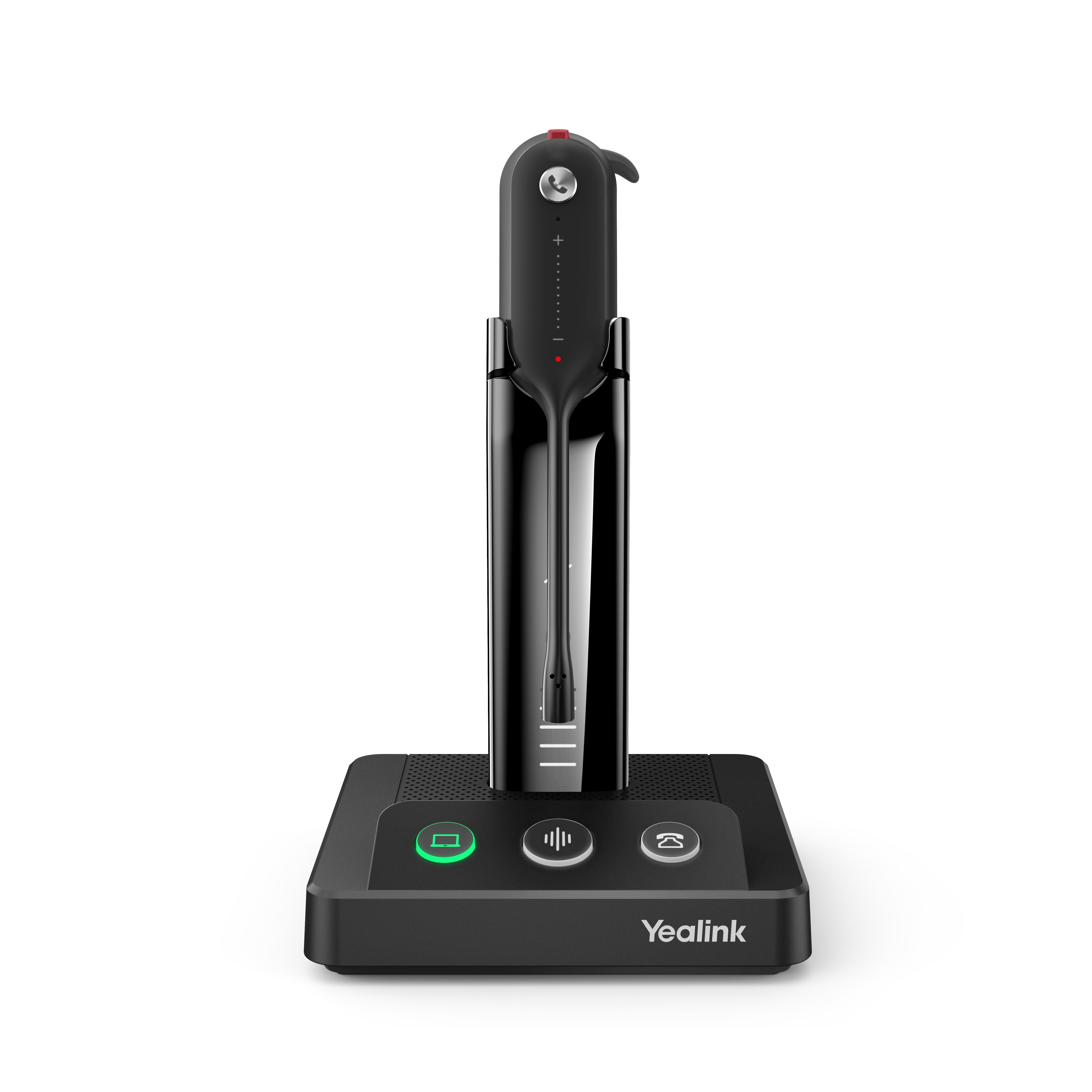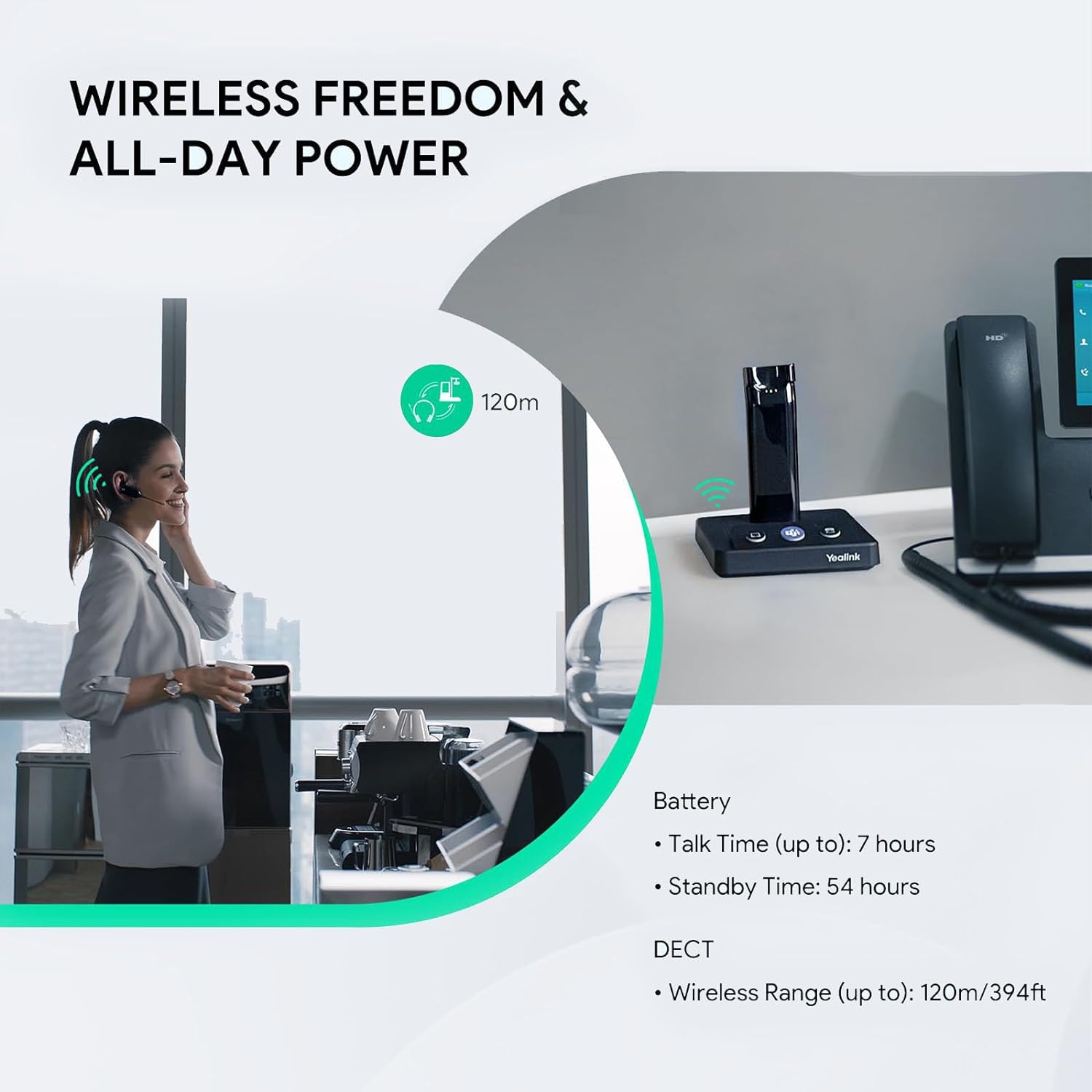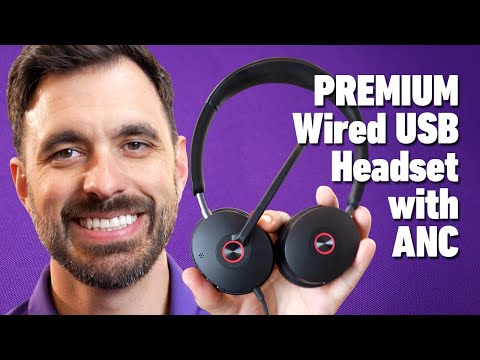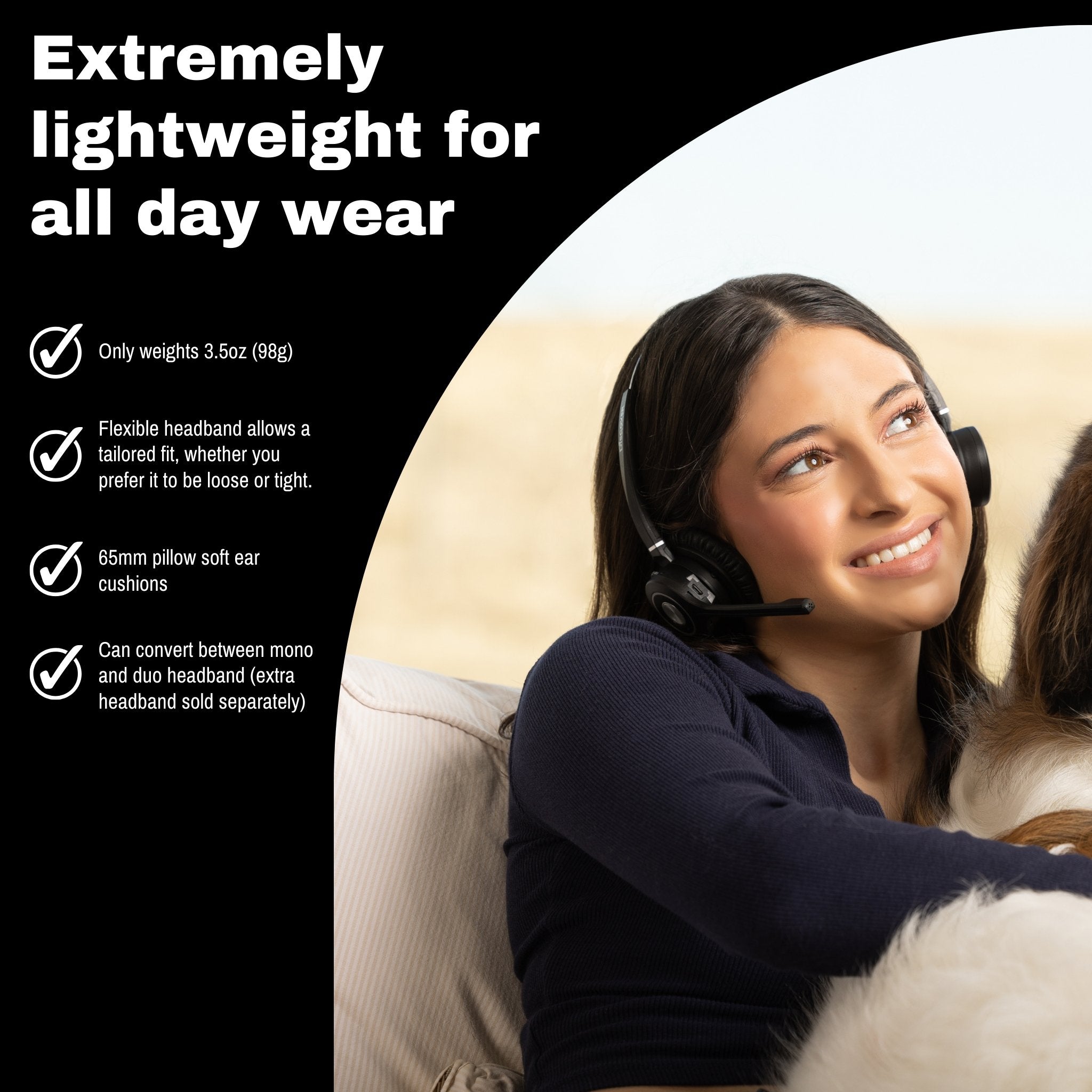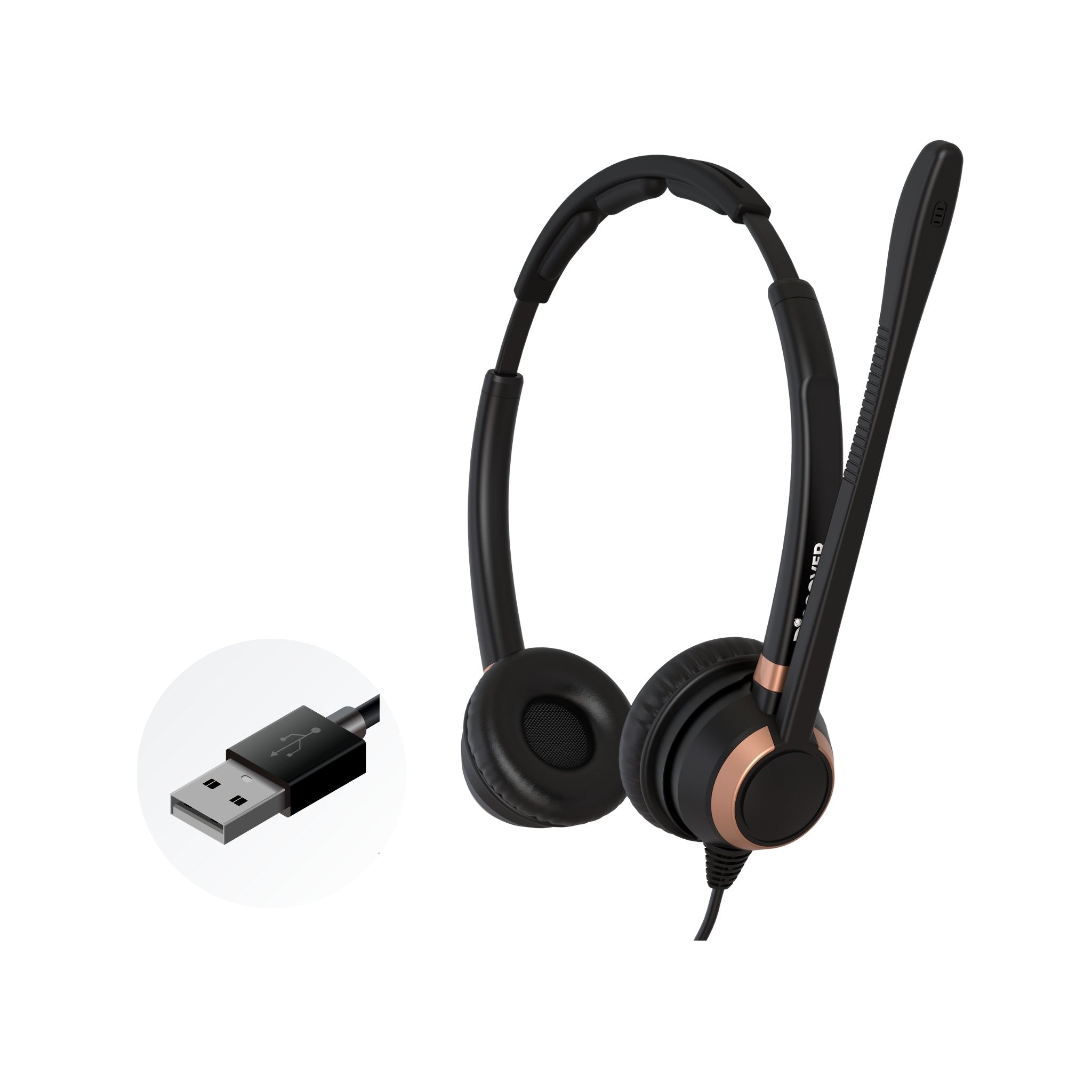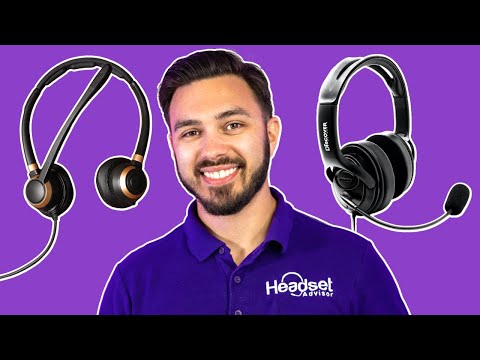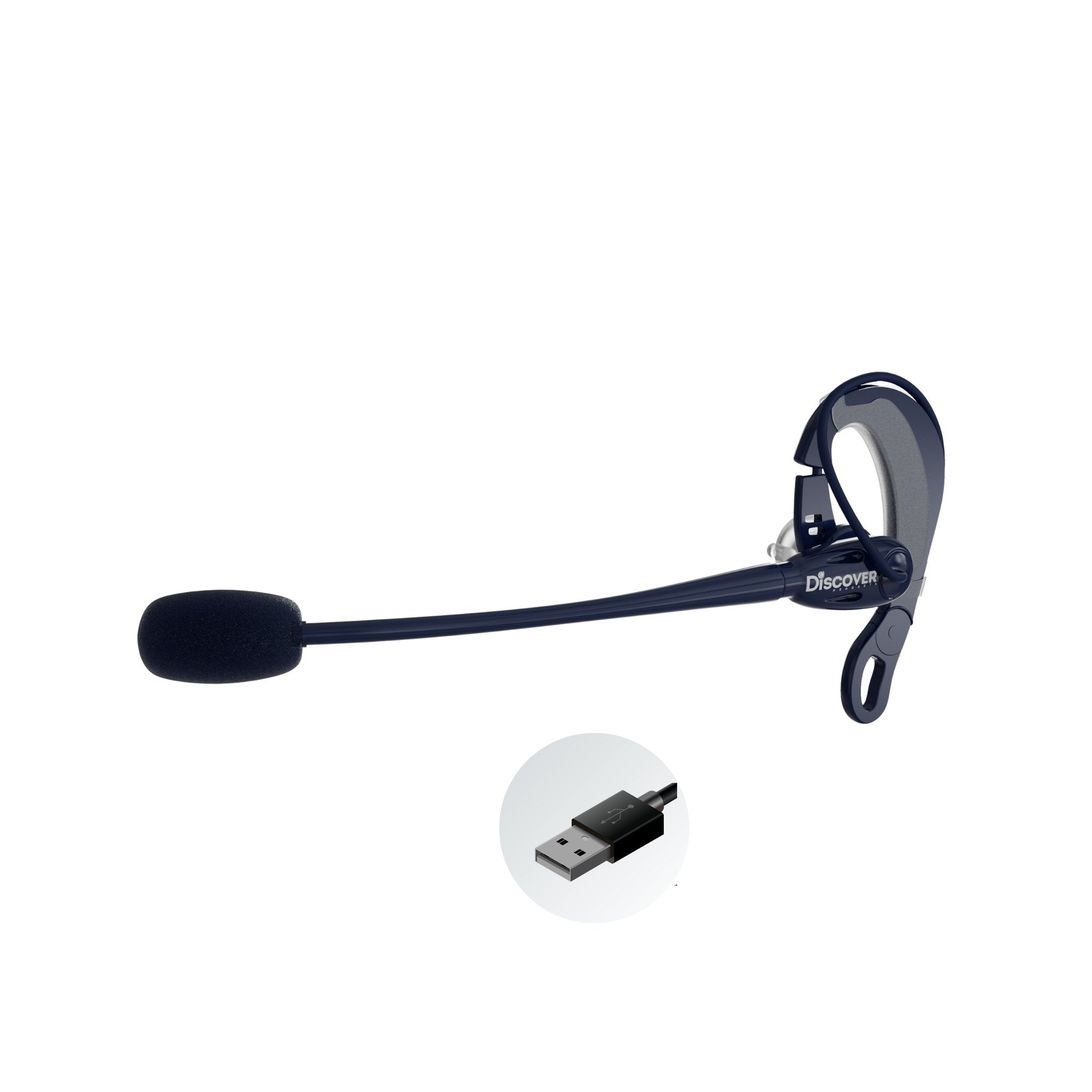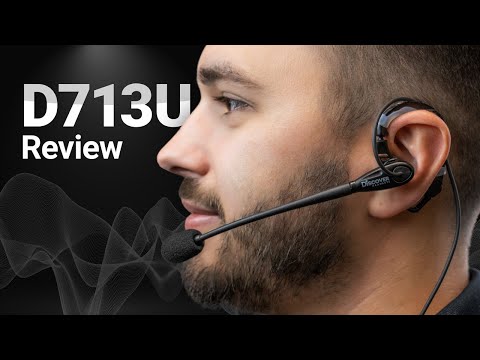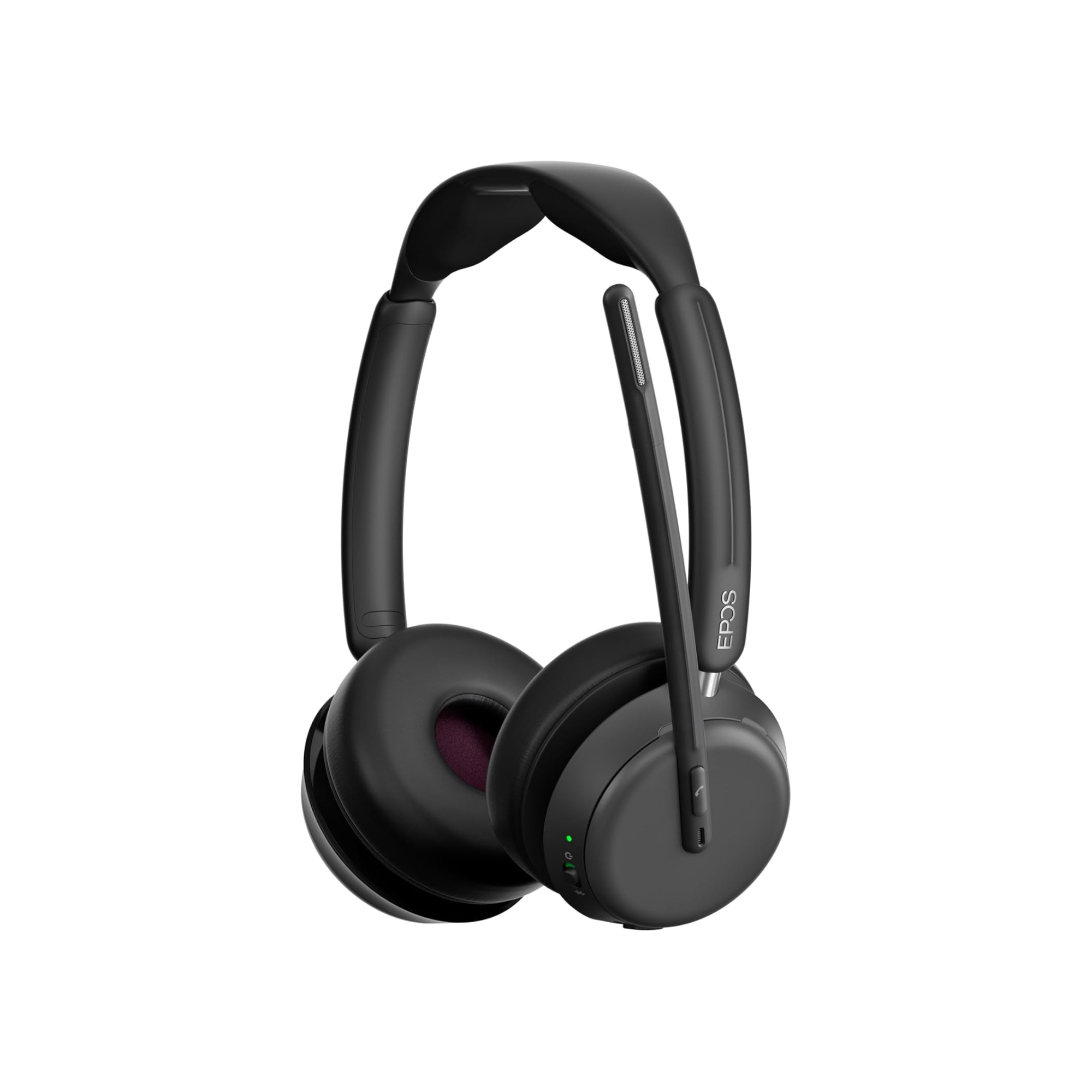Ever since the pandemic of 2020, which saw countless people displaced from their normal work environments, only to find themselves working from home, coffee shops and other non-traditional places to conduct their daily business.
What this has caused, among many other things, is the need for a headset that does a superb job of reducing, if not fully eliminating unwanted background noise.
Yes, I know that there were, and are, many things that could be viewed as higher up on the ladder of importance other than talking about headsets. On the other hand, the migration away from traditional desk phones, and over to computer based Softphones, and other applications like Zoom, Teams, Meet and many others, has given rise in importance to a commonly undervalued product; the office headset.
Why are headsets important now? Well, the truth is, they’ve always been important. Just ask anyone who spends all day on the phone, or works in a busy contact center for example.
Not having a headset translates to compromises. Compromises in the areas of sound quality, comfort and even your health. There was a reported case, for example, where a French Psychologist suffered a mini stroke from cradling the phone receiver between the ear and shoulder. You can read more about this here.
One key feature on headsets that really needs to be highly considered, and valued, is the product’s ability to remove unwanted background noise. You want to sound crystal clear to your callers, and have that professional sound, right? That’s a no brainer.
Of course you do, we all do. But, taking that one step further, what about the sound that your callers hear?
Do they hear your dog barking? The doorbell ringing? Road noise in your background? Landscapers? Fans blowing? People chatting it up?
This list could go on, and on. The point is, you want to sound great, but you also should want your callers to hear you, and not those sounds going on around you.
This brings to light the importance of buying a wireless headset that has a good quality microphone, one with noise cancelling capability.
You can find some models today that have a higher level of noise reduction from what you typically get on most models. For example:
Yealink, a relative newcomer to the business headset game, has a noise cancelling technology they use in their headsets, called Sound Shield. It’s designed to take traditional noise cancellation to the next level.
Poly, formerly Plantronics, the juggernaut of headsets globally, also has technology in select headsets they call Sound Fence. Like Yealink, this too is aimed at tackling noise at a higher level.
Two best wireless headsets from Poly and Yealink to consider
Specifically, the Yealink WH62, and the Poly Voyager Focus UC 2.
Both brands offer other models in their line that also have Acoustic Fence, or Acoustic Shield technology. But, for the sake of this blog, I’m going to discuss these two models only because the technology in other models would be the same as what I discuss on these ones.
Both video reviews to watch if you prefer
Voyager Focus UC 2
Yealink WH62
Let’s begin by laying down a basic understanding of what noise cancellation is.
Today, when you watch a Youtube video, a Podcast, or read an article that touches on the subject of noise cancelling, it can refer to two things:
- Reducing the amount of sound your callers hear
- Reducing the amount of sound you, the wearer of the headset, hears.
Though number two above is tied to noise cancelling, it’s more accurately called Active Noise Cancellation, or ANC for short. ANC helps to cut down on the noise you hear in your work environment which leaves you in a better position to maintain your concentration, and not get distracted by the sounds going on around you.
Number one above refers to giving your callers a better sound by not subjecting them to the noises coming from your work environment. They hear you, and not what’s occurring in the background.
I hope I'm making sense.
In this blog, I’ll be covering number one, noise cancellation, and not number two, Active Noise Cancellation.
The narrative pertaining to Sound Shield and Sound Fence that you hear from Yealink and Poly has a similar tone. Both companies present their technology, more or less, as noise cancellation on steroids. And, in my view, they’re right in that.
We’ve done tests of noise cancelling headsets for a long time. More recently, as this newer technology has become available, we’ve begun to conduct sound tests on both the Yealink models and the Poly.
Based on the intent of the feature (kill background noise), it’s this person’s opinion that they hit the mark. Clearly, the technology works and performs as promised.
Here’s Yealink’s description of their Sound Shield technology
“Acoustic Shield Technology is based on multiple microphone technology, virtually creates a noise-free shield around the head, and blocks most of the sound outside of the shield.”

Here’s some language that Poly advertises for their Sound Fence feature:
“The discreet microphone boom on the Voyager Focus 2 is not only ultra-noise canceling but, with its multiple microphone Acoustic Fence technology, literally creates a virtual noise-free bubble in front of your mouth.”
Poly goes on to say: “Acoustic Fence uses multiple microphones to create a virtual “audio fence” so that sounds from “outside of the fence” are blocked from being heard by remote participants. The end result reduces and allows remote callers to hear and focus on the meeting at hand.”
Thoughts
It wouldn’t be unreasonable to think that you might be wondering which of these two technologies works best. I know I’d be asking myself that question if I were reading this. So, rather than keeping you wondering, I’d say that the Yealink approach works better.
I say this because in my tests, the Yealink removed more of the unwanted background noise. But, don’t take my word for it, check out this video I did that compares them both. Once you watch, you might come to a different conclusion, but I don’t think so.
The video isn’t overly long, running at just over 6 minutes. Long enough to do some sound tests for sure.
At the end of the day, both brands will do a superior job of removing unwanted background noise when compared to models that don’t have this feature. If you want to kill off as much of your background noise as possible, I’d recommend that you consider the Yealink headsets.
If you’re a loyal Poly person, I can appreciate that, and though you might be giving up a bit of noise reduction, Poly products are solid with a well deserved reputation.
One thing to keep in mind is the Yealink headsets aren’t universally compatible like the Poly models. In other words, you can’t connect Yealink wireless headsets to most desk phones.
In fact, they’re limited to Yealink brands, a few Poly VVX models, and a couple of SNOM phones. So, unless you currently use these brands of phones, the Yealink wireless headsets aren’t compatible. Something to keep in mind if you’re actively searching for a wireless headset with the best noise cancelling qualities.
Conclusion
As with many things in life, there’s always a tradeoff. If you go the Poly route, you give up a little noise cancellation over the Yealink. But, if you go in the direction of Yealink, you may or may not have a phone that works with this brand of headset. Do you then buy a new phone, or phones, to go with the headset? Unlikely.
The underlying message in this blog is there are two reputable companies that are currently offering a higher level of noise reduction. Whether you choose Poly or Yealink, you’re in store for a better noise reduction call experience that’s bound to give those you interact with, and distraction free call so they hear you loud and clear, and not what’s going on around you



